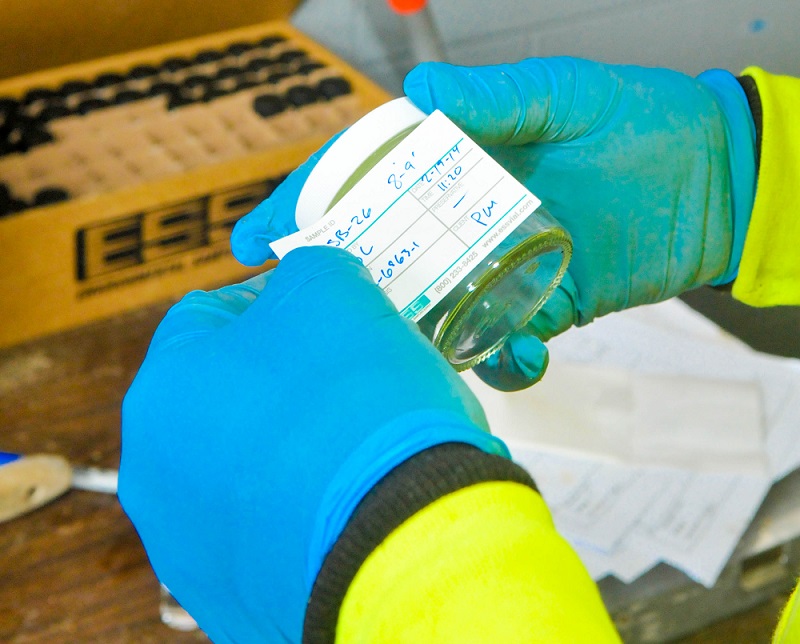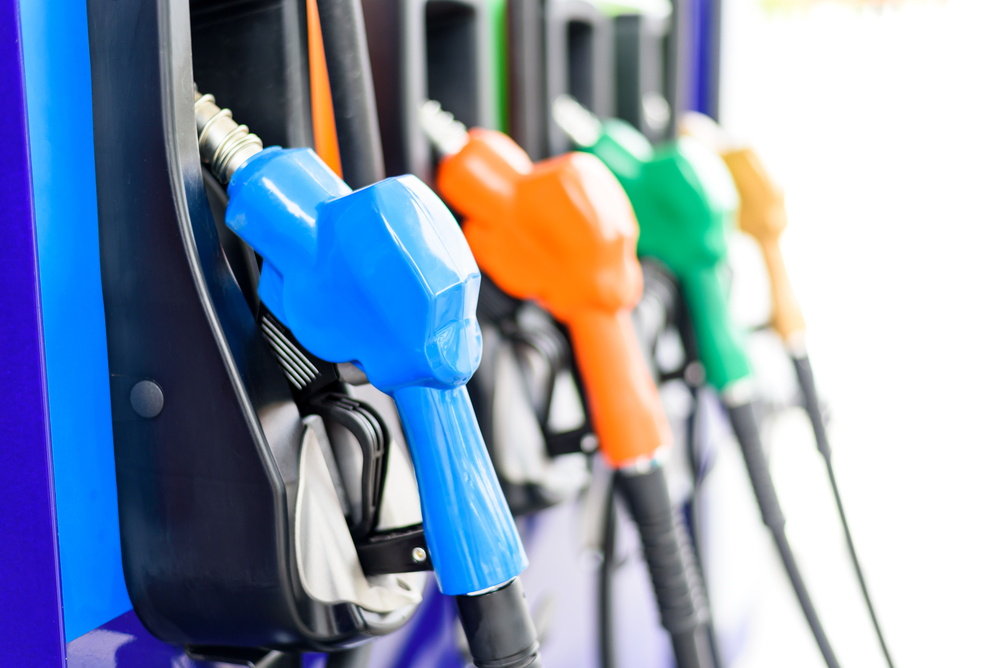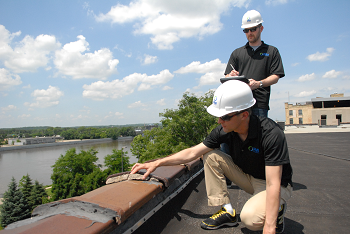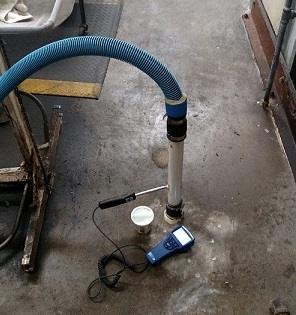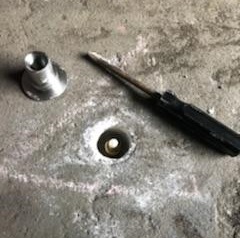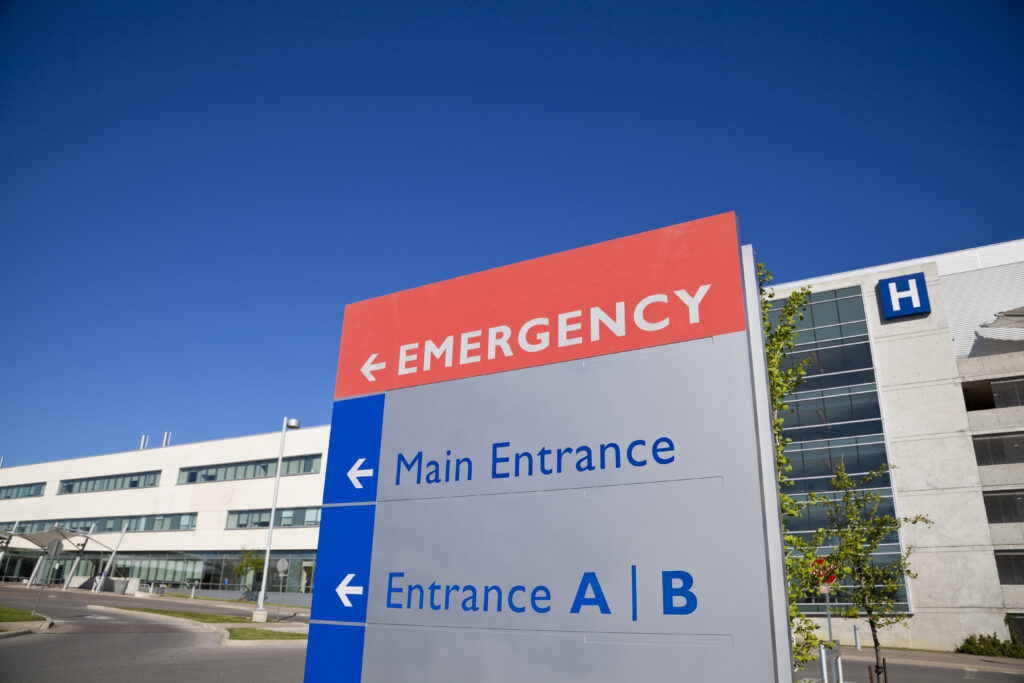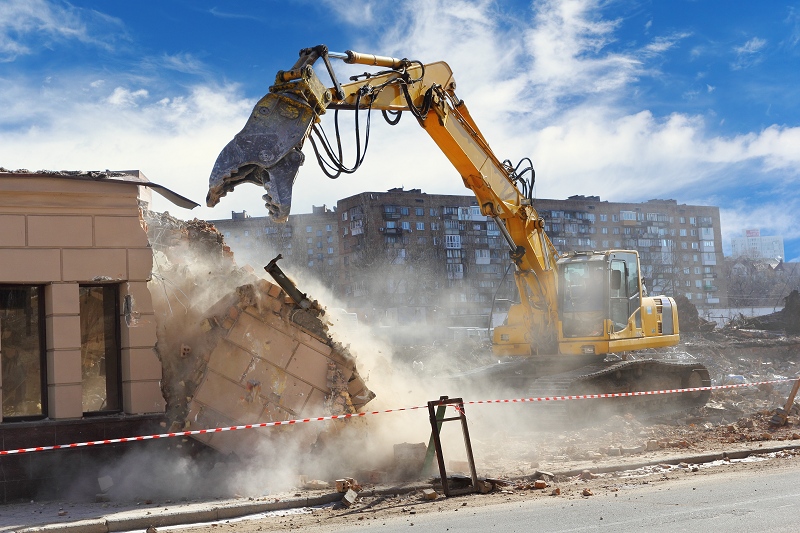Uncategorized
How is Soil Sampling Done? {Infographic}
When a Phase I Environmental Site Assessment (ESA) identifies Recognized Environmental Conditions (RECs) on a property, the next step of action is to conduct a Phase II ESA. Part of the Phase II involves soil sampling, in which scientists drill into the potentially contaminated areas using a Geoprobe. Samples of soil are collected, logged and…
Don’t Let Due Diligence Missteps Tank Your Next Gas Station Purchase
Whether you are considering your first gasoline station property purchase or adding to the portfolio of properties you own and operate, it’s important to understand the steps required to ensure environmental compliance. Here, we take on a few of the most common misconceptions about environmental due diligence to help you navigate the process. “I’ve financed…
Future Shock: Property Condition Assessments (PCAs) can be the best tool to prevent costly surprises on property investments
The less you know the greater the risk. For those looking to buy, lend on or invest in a building or property, the best tool to prevent costly surprises related to potential defects and deferred maintenance is a Property Condition Assessment, or PCA. A PCA is a report that contains information about the physical condition…
What the REC? Understanding RECs, CRECs and HRECs in a Phase I Environmental Site Assessment
With all of the acronyms in the environmental consulting industry, reading a Phase I Environmental Site Assessment report can be a challenge. And if the report contains the acronym REC, confusion may give way to dread. A Recognized Environmental Condition, or REC, is a term used in a Phase I ESA report to identify a…
How is a Sub-Slab Depressurization System Installed? {Infographic}
As regulations increase across the country regarding evaluating vapor intrusion pathways, so too is the need for proper mitigation systems. The first step towards properly mitigating vapor intrusion involves sub-slab soil gas sampling to identify the levels assess the potential risk. If Vapor Intrusion is identified, and found to be above the screening levels, a mitigation system…
How is Sub-Slab Soil Gas Sampling Done? {Infographic}
Vapor Intrusion occurs when vapors from volatile chemicals in contaminated soil or ground water migrate through subsurface soils and/or preferential pathways (such as underground utilities) and impact the indoor air quality of any overlying buildings.* Recent advancements in toxicological science and inclusion in the ASTM E1527-13 guiding Phase I Environmental Site Assessments have placed priority…
“Treatment Trains” Combine Remediation Technologies for More Effective Environmental Cleanup
The silver bullet, the one stop shop, the fix-all cure-all. We have all heard the promises for each new remediation technology. However, after a few years, the paint dulls, and we realize, again, that the newest technology has limitations and does not work for all contaminants in all media, in all geology. The good…
Don’t Let These Three Mistakes Impede Your Facility Consolidation and Expansion Projects
Many hospitals have undertaken significant expansion and renovation projects as they prepare for an uptick in patient volumes in the coming years. In 2016, the top five expansion and renovation projects totaled costs over $6 billion.* No matter the project value, the three mistakes below could end up costing time, money or stopping your project…
Surprises Down Below: Discovering Uncontrolled Fill Can Cause Problems for Developers
Materials from demolished structures are frequently left in the basement to be built over, potentially causing problems for developers Detroit is running the largest blight removal program of its kind in the nation, demolishing 11,052 structures since 2014. The program offers an online tracker system for transparency, and has been recognized by the US EPA…
How long is my Phase I ESA, Transaction Screen or BEA good for?
In an ideal world, environmental due diligence reports would be like honey or soy sauce and last for many years. Since shelf-life varies on reports, you need to be aware of the limitations and risks of using old or outdated information for current real estate transactions. Below, we outline the validity of many common reports…

